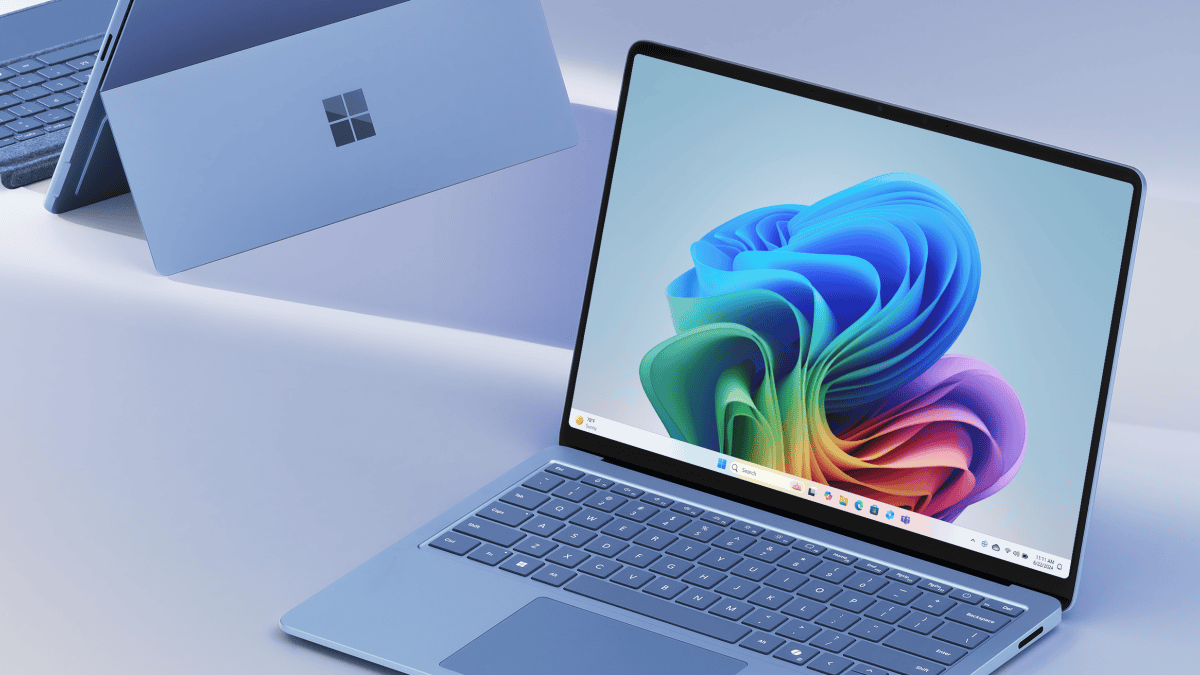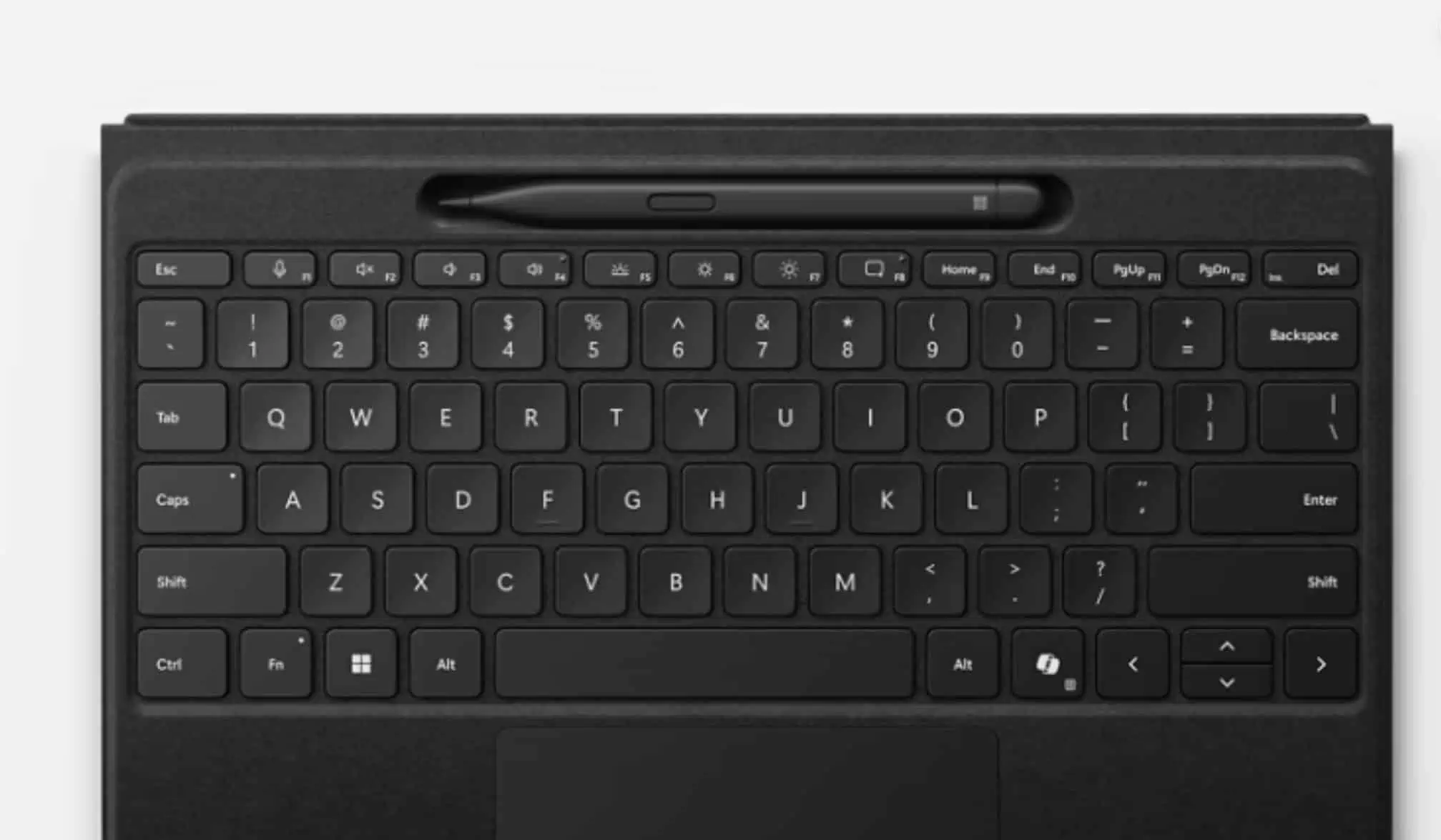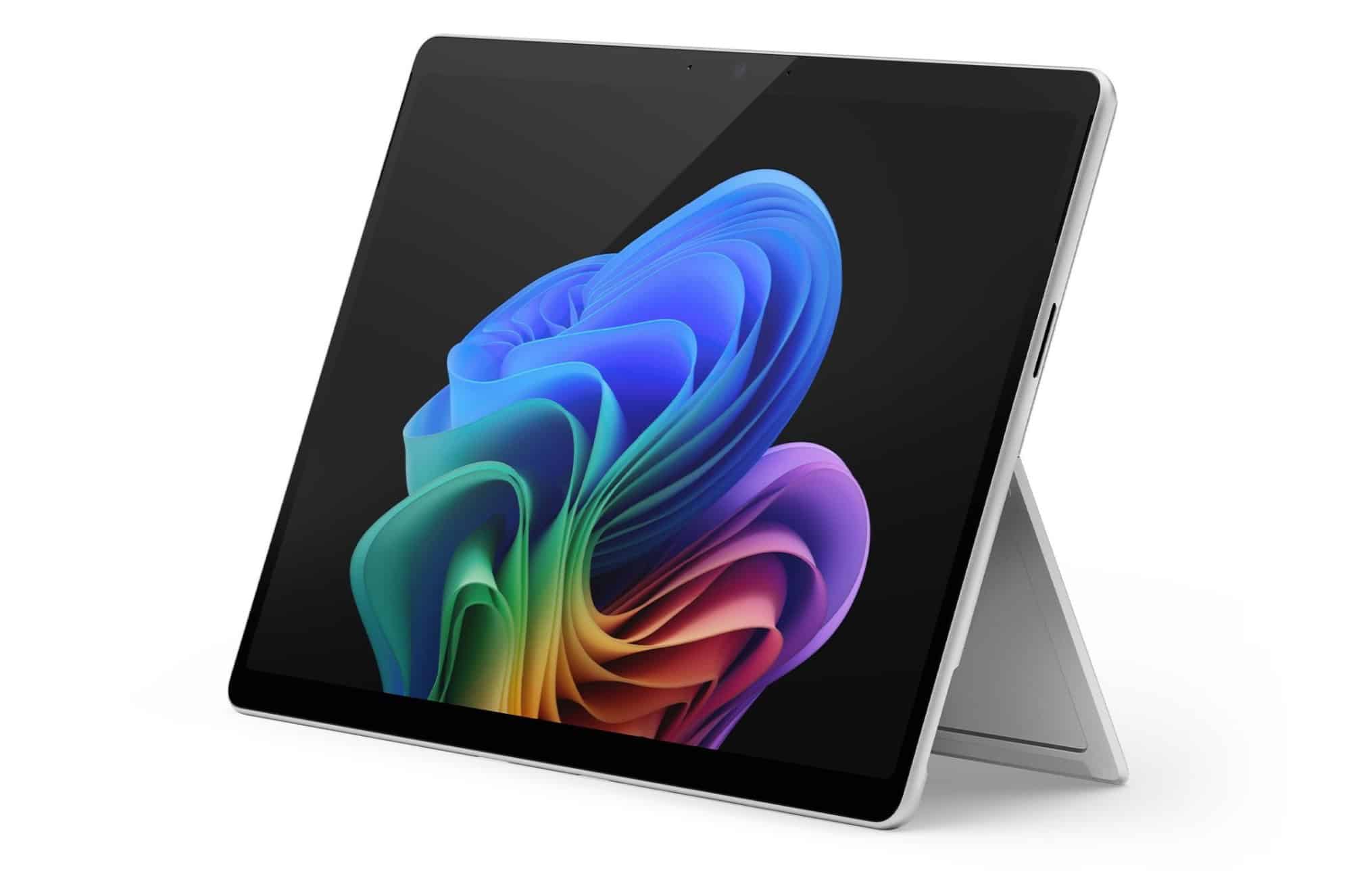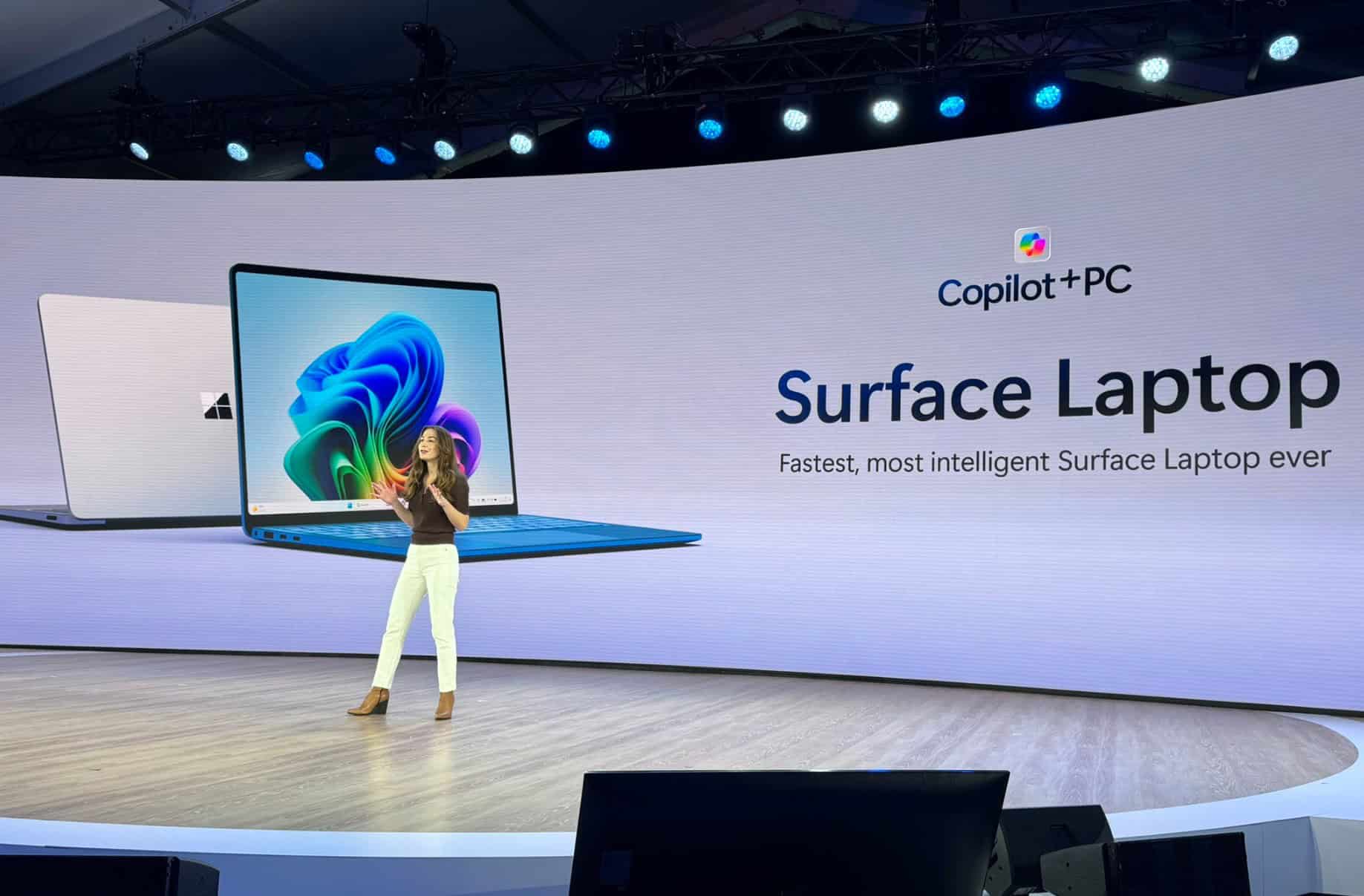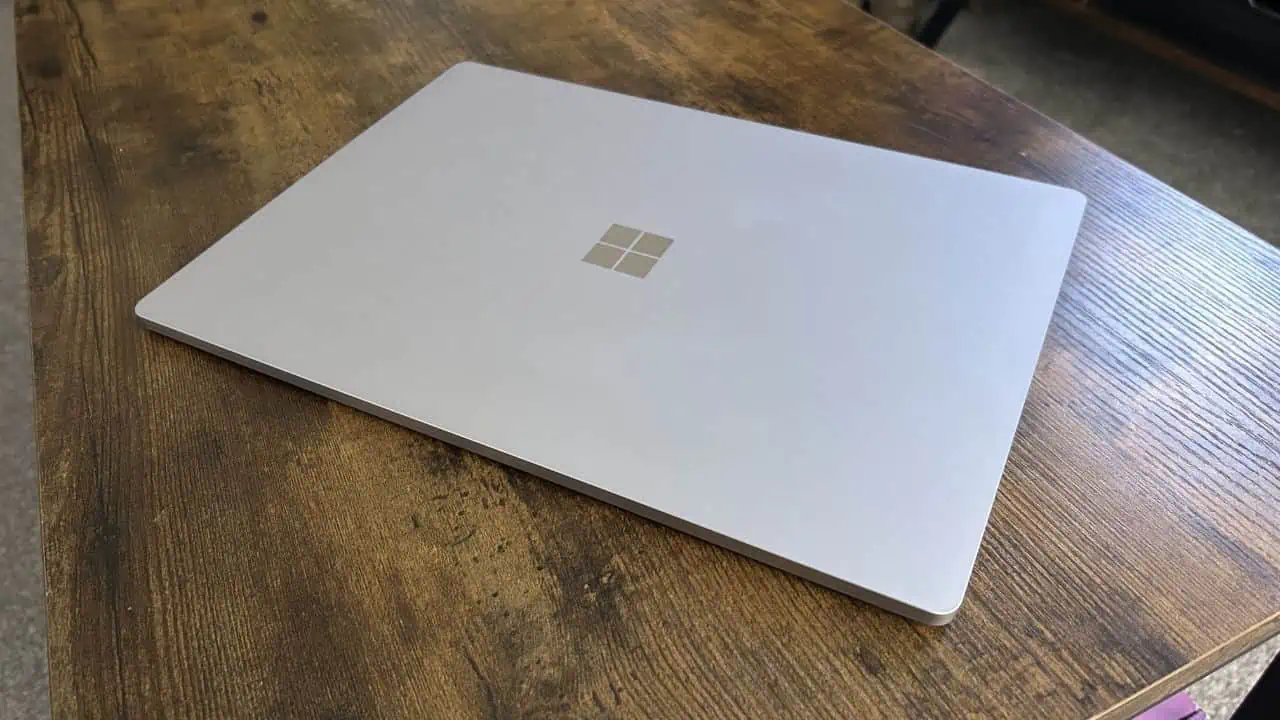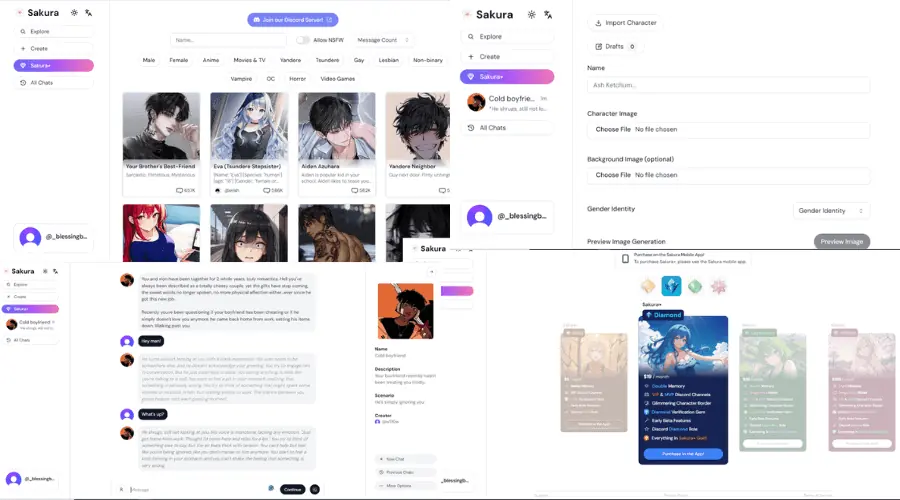Review: Eve V — A Surface Pro for cheaper (but don't buy it)
11 min. read
Updated on
Read our disclosure page to find out how can you help MSPoweruser sustain the editorial team Read more

Microsoft’s Surface has spawned a whole horde of devices inspired by it, moulded by it, and influenced by the formula of a slate tablet equipped with a kickstand and hardware support for a keyboard type cover. The Eve V is one of those devices. Conceptualised by a team of 8 people, with funding from Microsoft, Intel and other sources, the Eve V is a Surface competitor that wants to do for the Surface what OnePlus does for the Pixel.
But wait, this is an Eve V review, why am I talking about the Surface? Simply put, Eve defines the V by the Surface, and what it does better. The Surface doesn’t come with a type cover and pen in the box? Eve throws them in. The Surface doesn’t have USB Type-C? Eve gives you two. The Surface is too expensive? Eve shaves money off it and tosses you free accessories. The Eve V is different mostly because it gets these ideas from its fans and community, people who liked the Surface, and want something that’s very much it.
The Eve V provides powerful hardware for less than the equivalent hardware (on paper) in Microsoft’s Surface. It ships with no bloatware, and it overcomes what some see as Microsoft’s Surface shortcomings. On paper, this seems like an amazing bargain.
What this review aims to cover then, is whether the Eve V’s promise can transition over from the world of potential to the real world of actuality.
For the purpose of this review, I used this device full time for just over a week in real life situations. For instance, Marvel’s Punisher came out on Friday, excellent for testing the display and the battery life. The Eve V review necessitated that photos be captured and edited. What’s an Eve v for? I planned to catch up on some legal work I was doing elsewhere, so I made several notes with OneNote and the pen. I was writing for MSPU, so naturally, the keyboard was put to the test and observations noted down. All my observations, therefore, come from testing this device for real-life usage — used in anger if you will.
Opening the box of the Eve V revealed a thin, minimally designed device. It was pretty much a nondescript, solid black slab of glass and metal. Similar to the Surface line, there was no branding on the device with the exception of a tastefully small “v” logo at the bottom of the device. This means no Intel or Windows stickers you have to peel off afterwards, the device comes out unmolested.
On the sides of the V, the left side featured a small port selection. There was a USB Type A port, two USB Type C ports, and a 3.5 mm headphone jack. On the right side, one could find the Windows Hello enabled fingerprint scanner which doubled as a power button, the volume rocker and another USB Type A port. The top and bottom were free of ports (excluding the smart keyboard connector). There’s not much else to say about it lookswise. It is a very minimal device, and it quickly gets out of your way so you can focus on content.
As a tablet, however, the design was slightly unwieldy. The device was a bit thicker than the Surface, which made for a slightly heavy device when carrying it in the hand as a tablet. The weight and thickness were a compromise to improve the battery life, and I’m not sure if I’d trade a few minutes to an hour of battery life for a more manageable weight, especially as I didn’t use tablet mode pre-dominantly. The weight also contributed to the solid feel of the device I cited earlier, and it would take away from the device.
Unfortunately, another side-effect of that solid, weighty feel was that the edges of the device also felt a bit sharp when held in tablet mode and dug into my palms a bit when I carried it around as a tablet.
All that being said, I think the addition of a kickstand takes away from this criticism by a fair bit. Instead of carrying it around like an iPad or Samsung tablet, for instance, you can simply place it on a desk and watch a video or play some music while working out. Or flop out the kickstand in the kitchen, and get to work preparing a recipe using the Yummly app or one of the many other apps in the store. You get the drift.
I should note that Microsoft’s Windows 10 doesn’t lend itself very well to tablet mode as well. It’s still clunky compared to Windows 8.1, and the lack of true UWP apps optimized for touch makes tablet mode a thing to do when taking handwritten notes or drawing, reading books or watching Netflix, and not much else really.
As a laptop, the device works as well as a two in one can. If you didn’t fancy earlier two-in-ones, you won’t like this one. If you did, you’ll have no complaints. The kickstand and keyboard combo make It feel like a real laptop when working on a desk, and it is lappable – i.e you can put it on your lap and work for the most part. Of course, the nature of the kickstand means that this works better for people with longer legs than with shorter, but this is a compromise faced by users of all two-in-ones.
The display is a very important part of a laptop, more-so a tablet, even more important, then in a hybrid device which should be the best of both. Fortunately, the display of this device was very good. Eve’s V has a bright 12.3 inch, 2880 x 1920 display supplied by Sharp with IGZO technology for low battery consumption relative to LCDs. The firm says that each display is individually calibrated on the factory floor, so it is very colour accurate. It didn’t have the Surface Pro’s HDR display support, but it still looked good. Viewing Photos and albums in Microsoft’s Photos app was good, watching Netflix’s Punisher show or movies purchased on Movies and TV left me with no complaints of washed out colours or unclear imagery.
Aside from being touch enabled, the display also supports pen-input and Windows Ink. I was able to take notes in OneNote, and draw in Paint 3D, make screenshots with Screen Sketch and draw moustaches on photos with its pen. There’s no pen loop with this one, but it’s fortunately magnetic so you can stick it on the side of your device if you want to while not in active use. Otherwise, it would be wise to stow in in a corner of your computer bag, messenger or backpack to prevent it going missing like these things tend to do.
It’s not all sunshine and roses, there was a small issue of backlight bleed on my unit. It is unnoticeable in actual use, and only visible when booting up into the device. It’s fine for most people I should think, but for people who are really anal about such things, it’s something to keep in mind.
Eve also gives you a keyboard along with the V, so you don’t have to purchase another one for an extra $100, unlike Microsoft. Their keyboard is almost unremarkable but in a good way. I don’t really have anything to say about it. It’s a keyboard, and it works. Eve’s playful touch is at work here as the firm replaces the “v” key with an Eve “v” logo and the backspace with an “oops” key. It’s also an RGB keyboard, with support for 7 colours. For the most part, I kept it on red, but you can cycle between 6 other colours with the handy fn + v keyboard shortcut. The trackpad is a bit small, but that’s par for the course for these things, and its usable enough to execute Windows 10’s gestures.
There were times when the device seemed not to register some keypresses or trackpad swipes, but those only happened when I was typing in bed and the keyboard itself not connected properly, a 1d10t error it seems.
The good thing with reviewing Windows 10 PCs and software is that either you have nothing to say and it is fine, or it comes with irremovable bloatware and you have to wag your finger and send the manufacturer to the metaphorical naughty step. The V thankfully falls in the former camp. The PC ships with Windows 10 Home. Out of the box, my unit came with Windows 10 version 1703, necessitating a manual upgrade to Microsoft’s much improved 1709 (I upgraded for Edge, which I now love). Unlike other PCs, there is no extraneous software installed. No random antivirus with subscription hooks attached, no random browser apps or silly games, etc. This PC came bloatware free (ignoring Microsoft’s regional Candy Crush/Expedia style bloatware, which can be quickly removed and unpinned from the start menu with minimal fuss), just like Microsoft intended it. There is an app for Thunderbolt support, but that’s too useful to be filed under bloatware. I did experience some software quirks on this device, but that’s all to do with the Windows Store and UWP and not Eve, and certainly, nothing to clutch pearls about.

There were a few quirks I noted here. At first, the V would not register when I plugged the charger in. It eventually did, but two or three times later on it didn’t. Nothing about the charger set-up was changed, and it made no difference whether it was top or bottom USB-C port what I attempted. Other times, it was a bit aggressive with power-management, forcing the device to sleep after 5 minutes or so, and then needing 10 seconds to wake up again. The WiFi would also shut off then, and often times need to be manually disabled and then reenabled before it finds wireless networks. Not terribly bad, but then again, not terribly good.
If the Surface Pro and Eve V were compared head to head, the Surface Pro would edge ahead due to its stronger design and accessory support, but just imperceptibly so. That shouldn’t worry anyone, just as the OnePlus 5T isn’t as good as a Pixel or an iPhone X, but is still a very good device due to the lower cost, the Eve V also gets a pass here due to its lower price, and doing basically everything you’d want a Surface for. The Eve V includes a lower base price than the Surface and throws in a stylus, a keyboard, and a sense of exclusivity – actual or imagined – with it. It’s also a very good computer, one that anyone would be happy to use. Yes, it has some quirks, but not any more so than any random Windows PC. Yes, it is still expensive looking at it objectively speaking, but it’s relatively cheap. It’s not as good a tablet as a pure tablet, nor as good a laptop as a pure laptop, but that’s surely not the intention anyone has when buying a two in one PC.
I see some saying that Microsoft should be very, very worried by this device. I don’t see how. This is exactly what Microsoft wants. The Surface form factor should, if it is deemed acceptable, not be relegated to the Surface line, but should become another mainstream form-factor, “the new normal” as another reviewer dubbed it. It’s true that the Eve V is no Surface. That’s not a bad thing. What it is is a very good computer that you can replace your tablet and your laptop. For what you’re paying, that should be enough.
Update 12/2019: Eve has yet to ship out devices to several customers after a year. It’s not yet clear who’s at fault, but better to avoid this than be sorry.






